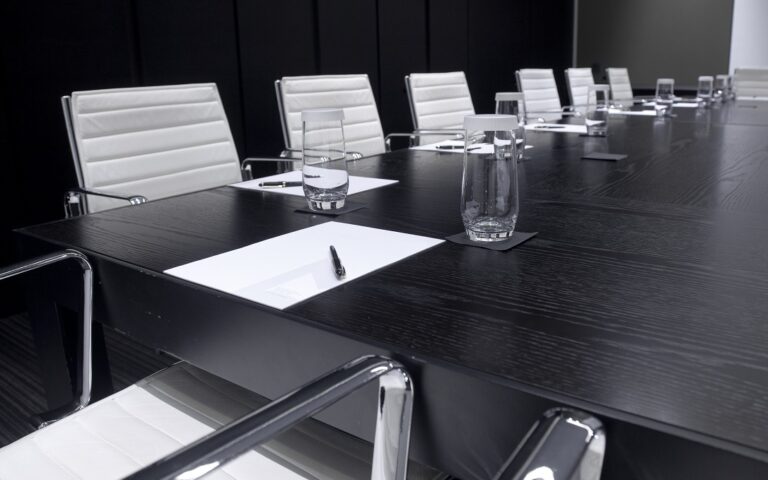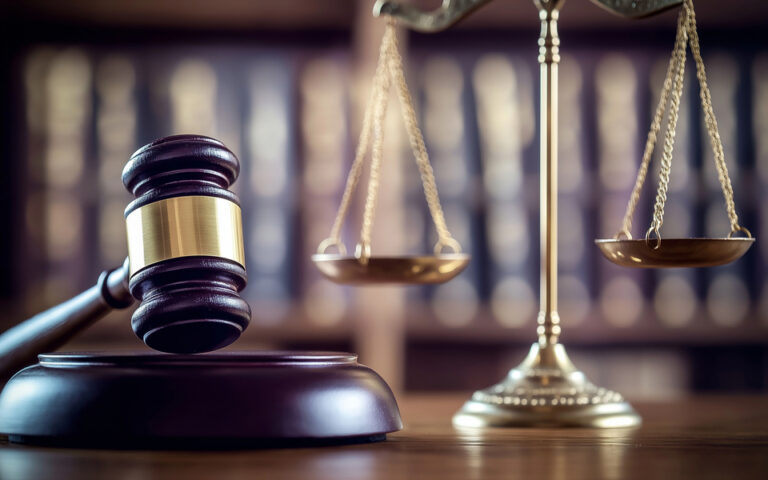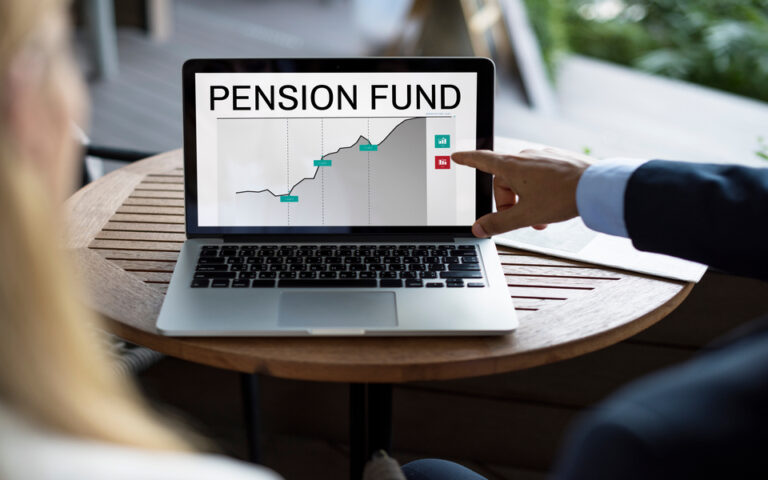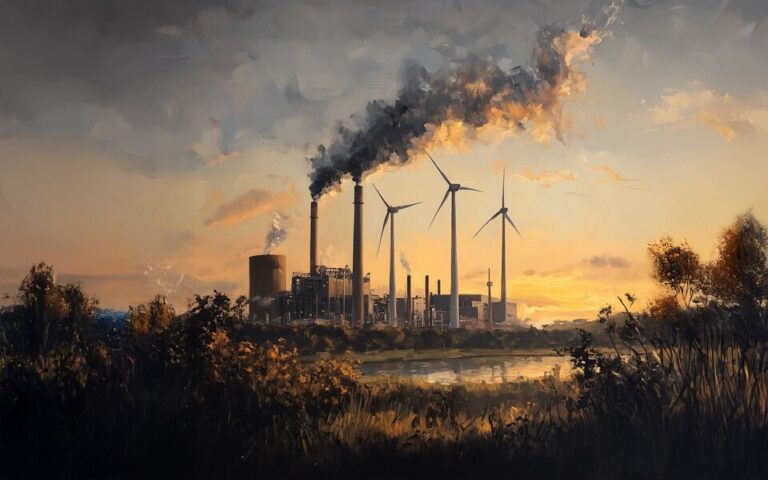This article was first published in the Financial Mail on 16 June 2022.
When SA weakened air pollution limits in 2020, it likely set a world record for regression on air pollution regulation. That makes it difficult to take seriously the latest promises of reform.
Despite Covid’s resetting of business travel expectations, some trips remain unavoidable. Last Tuesday evening I flew into Joburg and was reminded how, when I made the trip more regularly, I used to be amazed every time I landed by the thick layer of filthy smog that pretty much permanently blankets the city, and the perplexing lack of indignation about it from its residents.
As I was writing this column on June 12, Swiss-based air quality technology company IQAir reported that Joburg’s air quality index (AQI) score was 175, on a scale of 0-500. An AQI score of 0-50 is “healthy”, 100-200 is “unhealthy”, 200-300 is “very unhealthy”, and above 300 is “hazardous”.
IQAir measures and reports in real time, online and via a free app, on levels of six air pollutants — PM2.5, PM10, carbon monoxide, sulphur dioxide (SO2), nitrogen dioxide and ground-level ozone — in 5,000 cities in over 100 countries. It ranks these cities according to pollutant levels, and on June 12 Joburg ranked No 1.
In other words, Joburg’s air quality was worse on that day than it was in, say, Delhi, Lahore, Beijing, Shanghai, Cairo and Los Angeles — all places associated with permanently severe levels of air pollution.
Air quality changes constantly, depending on a variety of conditions (on June 13, Joburg was down to No. 12 on the ranking), but parts of Gauteng and Mpumalanga are regularly among the most polluted places on earth, with AQI scores from various monitoring platforms hitting the 200-300 range, and even the hazardous 300+ range.
This is not just an annoyance. The World Health Organisation estimates that air pollution kills 7 million people annually. It contributes to lung cancer, pulmonary disease and lower respiratory infections; it increases the risk of strokes and death from diabetes; and it affects mortality and pregnancy outcomes.
In SA, these health impacts are barely acknowledged, and no-one measures their knock-on effects, for example on health-care expenditure and productivity.
Last week in Joburg, media reported the return of the sulphur stench that plagued parts of Mpumalanga and Gauteng in February 2021. Experts agree the odour is probably caused by elevated levels of hydrogen sulphide (H2S) and SO2. Sasol’s Secunda plant is both the biggest industrial emitter of H2S, with its characteristic “rotten egg” odour, and one of the biggest sources of SO2 in the country.
In 2021, however, the Department of Forestry, Fisheries & the Environment (DFFE) “cleared” Sasol as the cause of the smell, saying Secunda’s SO2 and H2S emissions didn’t breach the approved limits in its atmospheric emission licence (AEL).
But therein lies the rub.
Whether or not Sasol is responsible for the smell, or is just a primary contributor to the region’s toxic soup of air pollution, the limits in its AEL should be of no comfort to anyone.
A step backwards
Air pollution limits for SA were first legislated in 2010. Even then, these limits were weak by global standards (including developing countries). Since then, Eskom (the world’s biggest power company emitter of SO2, according to the Centre for Research on Energy & Clean Air) and Sasol have been engaged in a never-ending series of postponement and exemption applications to avoid having to comply.
The DFFE and its predecessors have consistently failed to enforce air pollution laws, and repeatedly caved in to industry pressure to postpone and even exempt compliance. The department’s inexcusable failings are set out in the March 2022 “deadly air” judgment, which found that the appalling air quality in the “highveld priority area” is a breach of its residents’ constitutional right to an environment not harmful to health and wellbeing.
The relentless pushback has paid off — for Eskom and Sasol, if not for the rest of us: in 2020, the DFFE gazetted new SO2 standards for coal boilers, making them twice as weak as those that came into effect in 2010, and likely setting a world record for regression on air pollution regulation. The previous SO2 emission limit of 500mg per cubic metre (mg/Nm3) was increased to 1,000mg/Nm3.
In China, the limit is 25mg/Nm3.
This week, the DFFE, which will appeal aspects of the “deadly air” judgment, set up another task team to investigate the source of the sulphur stench. Spokesperson Albi Modise has assured journalists that his department will develop a “proactive long-term programme to improve the management of SO2 and H2S emission sources beyond the responses triggered by public complaints”.
Don’t hold your breath.
IMAGE: 123RF / decorwithme






